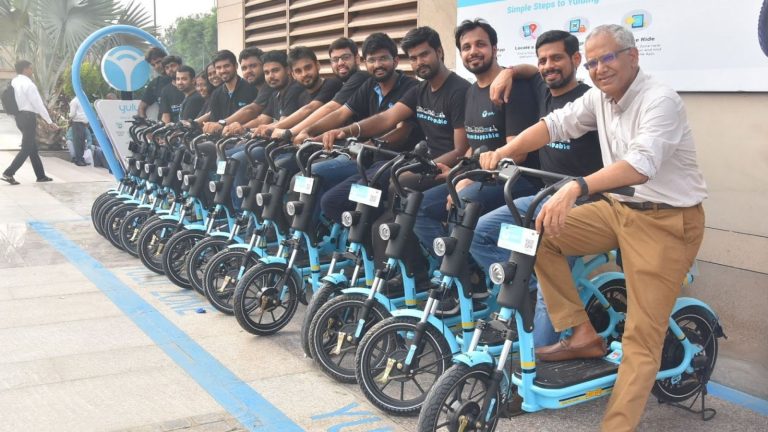The one thing that is common between development projects and data projects is that they both hold a lot of promise. But, at the time of rolling out production, the latter is delivered late and once that is done, they tend to underperform. One of the main reasons for their potential underperformance is that there is a lack of collaboration between departments, and at the same time, a cultural imbalance as well. To counter these, DataOps brings automation and cultural shift to an organization’s data project, which is similar to what DevOps offers the software world.
DataOps is more like a mindset than a job title. It encourages collaboration, automation, and constant innovation related to data inside a data-driven environment. Just as software that is developed outside its live environment can deviate from the expected results, data projects can do the same and often have to be reworked entirely to work in a production environment. And even after deploying them, they have to be closely monitored in case they shift away from the fixed historical data. This involves heavy involvement from both data scientists and infrastructure engineers, so DataOps becomes even more necessary.
With the increasing need for DataOps, let us take a look at what benefits it offers, and the roadblocks it faces:
Benefits Of DataOps
Data scientists spend most of their time looking for data. Then they have to label it, clean it and perform other tasks. The time taken for these increases if the business also has a significant amount of backlog legacy data to maintain. With the consensus among data scientists that the amount of data doubles every 12 months, the need for DataOps will increase and here is why:
Building Best Practices: Similar to most xOps, DataOps tooling plays a vital role in building best practices throughout a function. Using automation and agile methodologies, the DataOps creates best practices that enable organizations to deliver value to a range of stakeholders through continuous production.
Automation: Data within an organization moves through a particular process. The data entered in one form and exits in another. Before the data is deployed, data scientists must build data pipelines, test them and change them. By adopting the DataOps standards and best practices, one can ideally have a constant stream of data flowing through the pipeline. This unlocks one of the most significant advantages of DataOps, the potential to obtain real-time insights from data. Obtaining real-time insights from data shortens the time it takes to turn raw data into valuable business information.
Machine Learning: When machine learning modelling meets DataOps mindset, a continuous workflow is maintained through feedback loops and internal communication. Here, one can improve the quality of data through version control, continuous development and continuous integration. Machine learning offers improved insights and unlimited potential for extracting value from DataOps.
Shifting The Culture: DataOps involves changes in the work process of an organization. It helps in building a new ecosystem where there is uninterrupted communication between departments. The various types of workers, such as data engineers, operators, analysts, operators’ marketing team etc collaborate in real-time to achieve a common corporate goal.
Obstacles To DataOps
As helpful as DataOps is for data scientists, it has its own sets of roadblocks:-
Unrealistic Expectations: Having unrealistic expectations with pipelines can get complicated. Data scientists should have an keen operationalization understanding to set up working and efficient pipelines.
No Visibility: It is often the case that more data means more insights, and that leads to more areas for growth. But, if the one dealing with this massive amount of data has no idea where this data is, the history of its usage and how it is stored, then it creates a huge problem. One needs to know everything about their data and put necessary systems in place for its governance.
Lack of Monitoring: DataOps relies on effective monitoring with attainable goals. For a pipeline, addressing the root cause of a problem and standardising success measurements can make or break it. The AI-powered data pipeline is helping with the load, but DataOps requires an integrated approach from business stakeholders to implement it.



















































































